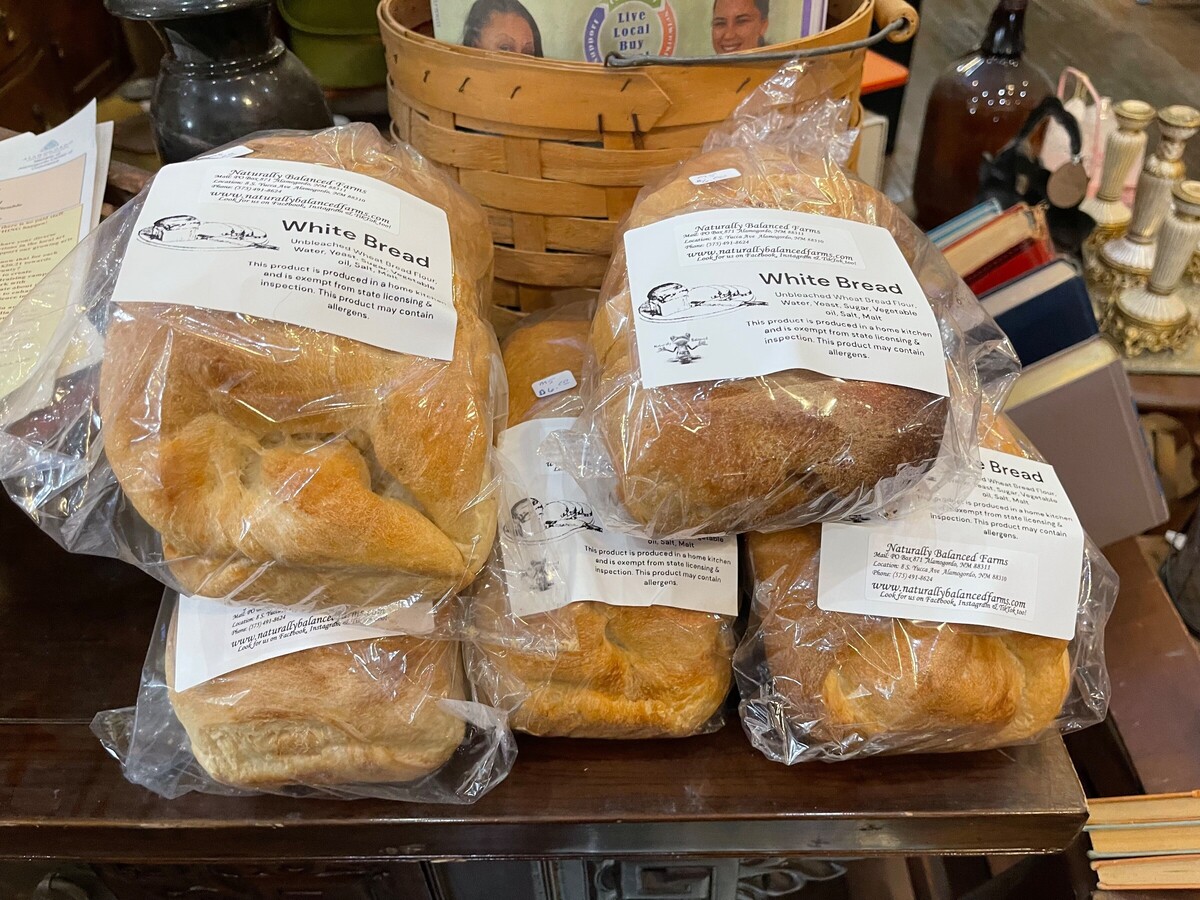Image


Today the U.S. has one-third fewer grocery stores than it did 25 years ago. With less competition, big retailers and food processors use their dominant position to hike up prices on consumers. The proof is in their profits.
Sky-high inflation has been hammering consumers’ wallets since the pandemic. Food prices increased by more than 11 percent last year alone — the highest yearly percent change since 1974. Yet the last couple of years have also been the most profitable for big food retailers and manufacturers since 1950. While countless independent and regional grocers struggled to stay afloat during the pandemic, Walmart raked in $341 billion in revenue; almost three percent higher than the previous year.
In the absence of other grocers, consumers must submit to mega-retailers’ price hikes.
In November 2021, Kroger’s chief financial officer said that they were “very comfortable with our ability to pass on the increases that we’ve seen at this point. And we would expect that to continue to be the case.”
With that being the mentality of Kroger a group of seven secretaries of state oppose the Kroger-Albertsons merger because of consumer choice concerns, they say in a letter sent Wednesday to the Federal Trade Commission.
The signees – New Mexico Secretary Maggie Toulouse Oliver, Colorado Secretary Jena Griswold, Arizona Secretary Adrian Fontes, Vermont Secretary Sarah Copeland-Hanzas, Minnesota Secretary Steve Simon, Rhode Island Secretary Gregg Amore and Maine Secretary Shenna Bellows say the merger could affect competition in their seven states.
Rural America has been hit especially hard as retail giants like Walmart and Dollar General have run independent grocers out of business, extracting wealth from local economies along the way. A recent USDA report shows the percentage of grocery sales from the nation’s top 20 retailers more than doubled from 1990 to 2020, and that this consolidation was more pronounced in rural areas.
While 76 counties nationwide don’t have a single grocery store, 34 of those counties are in the Midwest and Great Plains.
The exit of independent grocers devastates our already struggling rural communities. Health problems increase as access to healthy fresh fruit and vegetables diminishes, and packaged, highly processed foods found at convenience stores become more accessible — especially when dollar stores take over.
And in many rural towns, dollar stores are the only retailer left - notice the proliferation of dollar stores locally.
With the closure of other grocers, workers suffer from reduced wages as they lose the ability to negotiate better pay and working conditions because there aren’t other employers to turn to.
Kroger operates the chains King Soopers, Smiths, City Market and Fry’s, while Albertsons operates Safeway and Albertsons.
The secretaries argue in the letter to FTC Chair Lina Khan that the merger will result in less consumer choice and “no competitive incentive” for the stores to reduce prices.
“The merger would result in Kroger-Albertsons controlling nearly a quarter of the entire U.S. food retail market – a significant consolidation of the already limited competition within the market,” the secretaries wrote.
Currently, Kroger operates 24 locations in New Mexico, including 14 in Albuquerque, all operating under the Smith’s brand. The company is a significant employer in the state, with over 2,500 employees. Similarly, Albertsons has a substantial presence in New Mexico, boasting over two dozen Albertsons Market and Albertsons stores.